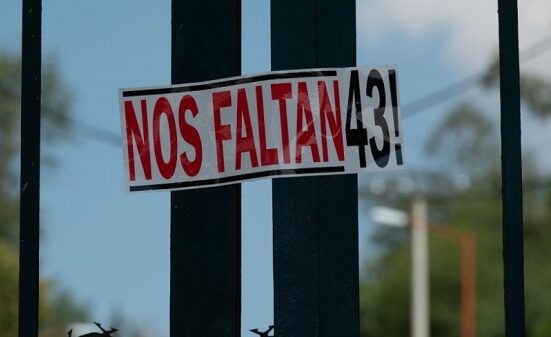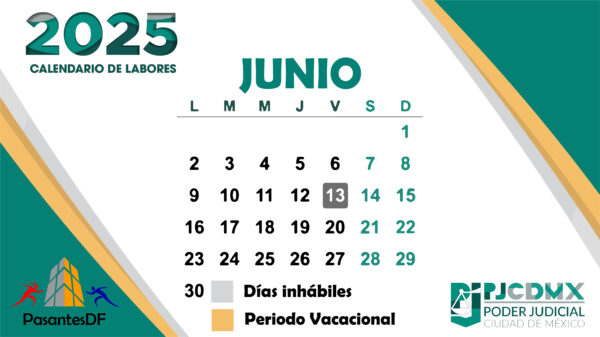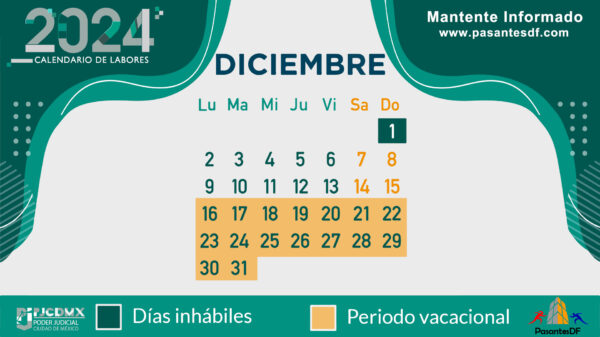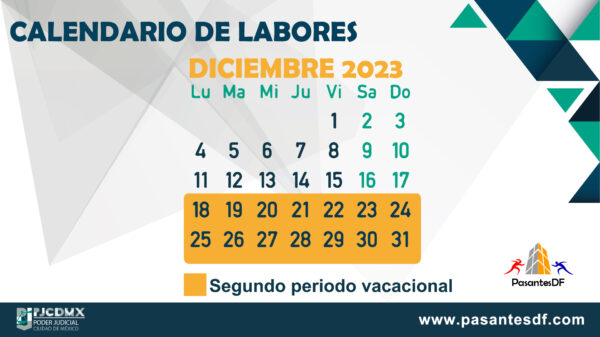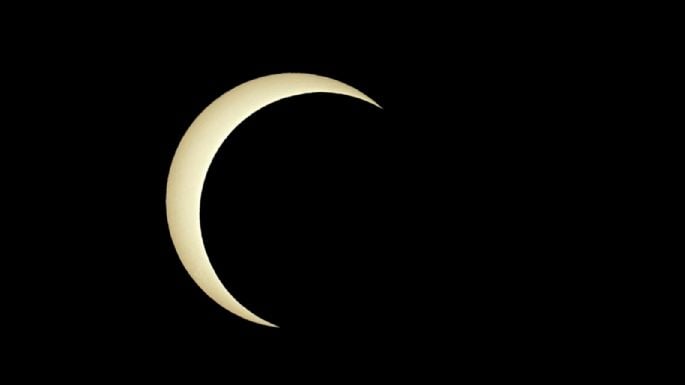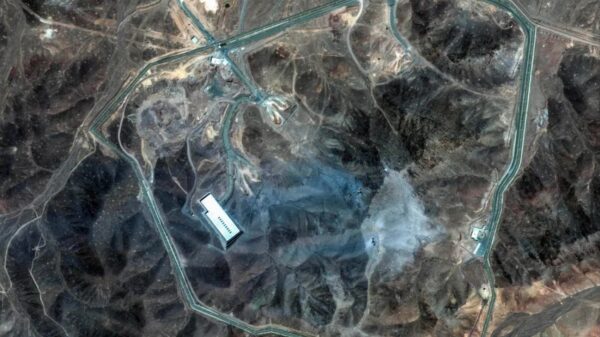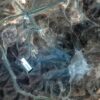Contenido
Eclipse Solar
Comienza el eclipse solar del 14 de octubre de 2023
Un espectacular eclipse solar anular recorre de norte a sur el Continente Americano este 14 de octubre, ocultando en su banda central la mayor parte del Sol y causando que el Sol parezca un anillo.
CIUDAD DE MÉXICO (EUROPA PRESS).- Un espectacular eclipse solar anular recorre de norte a sur el Continente Americano este 14 de octubre, ocultando en su banda central la mayor parte del Sol y causando que el Sol parezca un anillo.
El eclipse será visible sucesivamente en partes de Estados Unidos, México y muchos países de Sudamérica y Centroamérica. El máximo del eclipse tendrá una duración de 317 segundos, si bien será visible de forma completa en las zonas más afectadas por su paso.
A continuación, la trayectoria del eclipse solar anular visitará México y Centroamérica, pasando sobre Guatemala, Belice, Honduras, Nicaragua y Panamá. El eclipse anular recorrerá Sudamérica en Colombia. Pasará sobre el norte de Brasil antes de terminar al atardecer en el océano Atlántico.
Un eclipse solar ocurre cuando la Luna pasa entre la Tierra y el Sol, ocultando total o parcialmente el Sol para un espectador en la Tierra. Un eclipse solar anular ocurre cuando el diámetro aparente de la Luna es más pequeño que el del Sol ocultando la mayor parte del Sol y causando que el Sol parezca un anillo. Un eclipse anular aparece como un eclipse parcial sobre una región de miles de kilómetros de ancho.
El eclipse comenzó a las 9:36 de la mañana, tiempo del centro de México, y concluirá a las 14:55, aunque su punto máximo será a las 11 de la mañana.
Comentarios
Otras Noticias
Cortesía de Proceso.

Dejanos un comentario:




